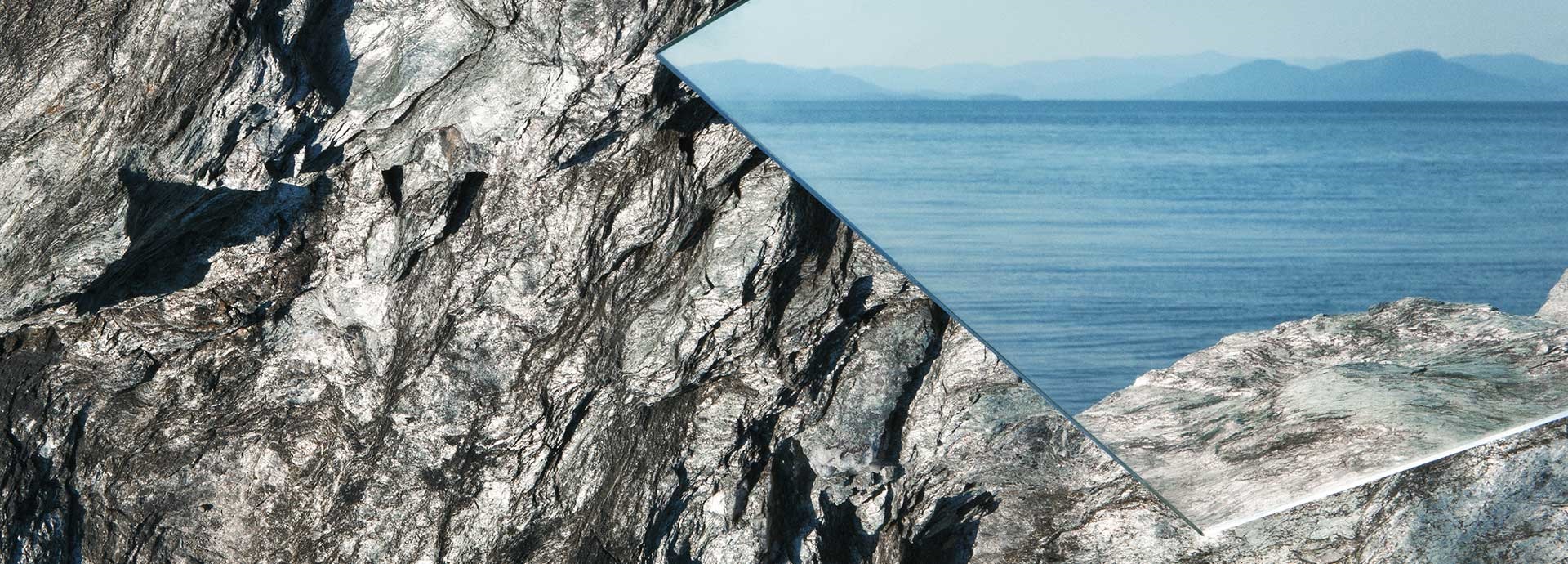

R
251 results
To increase (or decrease) a rate or volume over a time period.
Large steel constructions consisting of longitudinal beams plated over to provide a vehicle roadway.
A Scottish mechanical engineer who developed the Rankine scale, an equivalent to the Kelvin scale of temperature, but in degrees Fahrenheit rather than Celsius.
The Rankine scale is an absolute scale of thermodynamic temperature.
The Rankine cycle is the ideal form of a vapor power cycle. The ideal conditions can be reached by superheating the steam in the boiler and condensing it completely in the condenser.
A crosshead arrangement used on ram-type steering gear in which the mechanical advantage increases with the angle of turn.
Rasterscan chart is a scanned reproduction of a paper chart.
See "Nameplate Capacity"
The crankshaft revolutions per minute at which the rated power occurs as specified on the nameplate and in the Technical File of the marine diesel engine.
The lowest wind speed at which the rated output power of a wind turbine is produced.
A raw material, also known as a feedstock, unprocessed material, or primary commodity, is a basic material that is used to produce goods, finished products, energy, or intermediate materials that are feedstock for future finished products.
The RBMK is a class of graphite-moderated nuclear power reactor designed and built by the Soviet Union
In electric and electronic systems, reactance is the opposition of a circuit element to the flow of current due to that element's inductance or capacitance.
Design of a Turbine where energy is extracted from the steam predominantly by a change in pressure of the steam. The vanes (stationary components fixed to the casing) direct the steam toward the blades (rotating components attached to the rotor) which produce a force on the rotor.
A condition when the voltage and current are 90 degrees out of phase.
A reactor pressure vessel in a nuclear power plant is the pressure vessel containing the nuclear reactor coolant, core shroud, and the reactor core.
The reactor vessel is the first layer of shielding around the nuclear fuel and usually is designed to trap most of the radiation released during a nuclear reaction.
The reactor vessel body is the largest component and is designed to contain the fuel assembly, coolant, and fittings to support coolant flow and support structures.
This structure is attached to the top of the reactor vessel body.
Reactor-grade plutonium is the isotopic grade of plutonium that is found in spent nuclear fuel after the uranium-235 primary fuel that a nuclear power reactor uses has burnt up.